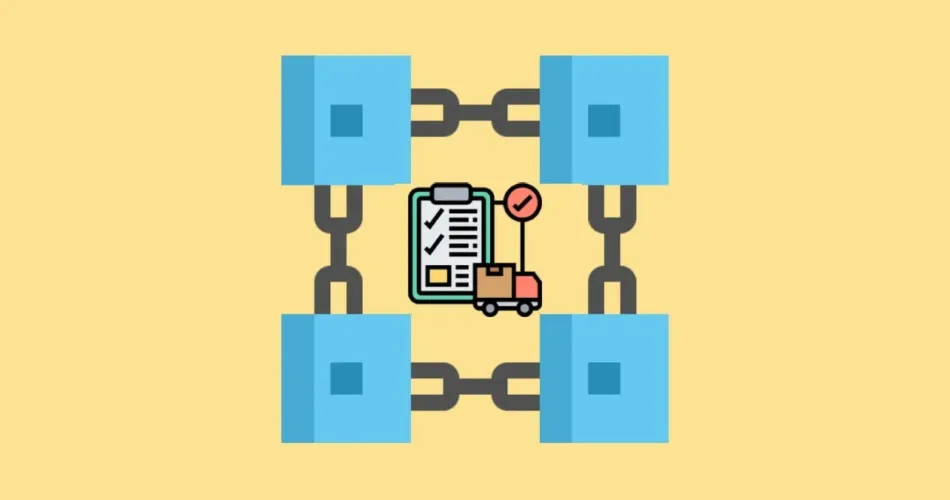The Chain of Responsibility design pattern is a behavioral pattern that enables the creation of a chain of handler objects. Each handler in the chain has the ability to process a request or pass it on to the next handler in the chain. The pattern promotes loose coupling, flexibility, and extensibility in handling requests.
Key Components of the Chain of Responsibility Pattern
- Handler: The Handler is an interface or abstract class that defines the common methods for handling requests. It also contains a reference to the next handler in the chain.
- Concrete Handler: The Concrete Handler implements the Handler interface and handles specific types of requests. It can either process the request or pass it to the next handler in the chain.
Example:
Chain of Responsibility Pattern in Building Approvals: Let’s consider a scenario where building approval requests need to go through multiple stages of review, including zoning, structural, and safety inspections. We can use the Chain of Responsibility pattern to create a chain of handlers that process these requests.
abstract class BuildingApprovalHandler {
protected BuildingApprovalHandler nextHandler;
public void setNextHandler(BuildingApprovalHandler nextHandler) {
this.nextHandler = nextHandler;
}
public abstract void processRequest(Building building);
}
class ZoningApprovalHandler extends BuildingApprovalHandler {
@Override
public void processRequest(Building building) {
if (building.meetsZoningRegulations()) {
System.out.println("Zoning approval granted for building: " + building.getName());
if (nextHandler != null) {
nextHandler.processRequest(building);
}
} else {
System.out.println("Zoning approval denied for building: " + building.getName());
}
}
}
class StructuralApprovalHandler extends BuildingApprovalHandler {
@Override
public void processRequest(Building building) {
if (building.meetsStructuralRequirements()) {
System.out.println("Structural approval granted for building: " + building.getName());
if (nextHandler != null) {
nextHandler.processRequest(building);
}
} else {
System.out.println("Structural approval denied for building: " + building.getName());
}
}
}
class SafetyApprovalHandler extends BuildingApprovalHandler {
@Override
public void processRequest(Building building) {
if (building.meetsSafetyStandards()) {
System.out.println("Safety approval granted for building: " + building.getName());
if (nextHandler != null) {
nextHandler.processRequest(building);
}
} else {
System.out.println("Safety approval denied for building: " + building.getName());
}
}
}
In the above example, we have the Building class representing the building object that needs to go through the approval process. The BuildingApprovalHandler is an abstract class that defines the common methods and contains a reference to the next handler in the chain.
We have three Concrete Handlers: ZoningApprovalHandler, StructuralApprovalHandler, and SafetyApprovalHandler. Each handler checks specific criteria and either grants or denies the approval for the building. If the approval is granted, the handler can choose to pass the request to the next handler in the chain.
By utilizing the Chain of Responsibility pattern, we can streamline the building approval process. Each handler focuses on a specific aspect of the approval and determines whether to approve or deny the request. The handlers are interconnected, forming a chain, and the request travels through the chain until it reaches the appropriate handler.
Benefits and Use Cases of the Chain of Responsibility Design Pattern
The Chain of Responsibility design pattern offers several benefits:
- Loose Coupling: The Chain of Responsibility pattern promotes loose coupling between the sender of a request and its receivers. It allows for flexible handling of requests, as the sender doesn’t need to know which handler will process the request.
- Extensibility: The pattern allows for easy addition of new handlers or modification of existing ones without impacting the client code. This makes it suitable for scenarios where new request types or processing rules may be introduced in the future.
- Simplified Workflow: The Chain of Responsibility pattern simplifies complex workflows by breaking them into smaller, manageable parts. Each handler focuses on a specific task, enhancing code organization and readability.
- Dynamic Request Handling: The pattern enables dynamic assignment and reordering of handlers at runtime, providing flexibility in request processing.
The Chain of Responsibility pattern finds use in various scenarios, including:
- Request Processing: The pattern is commonly used in scenarios where a request needs to be processed by multiple handlers in a predefined order.
- Event Handling: The Chain of Responsibility pattern can be employed in event-driven systems, where events pass through a chain of event handlers.
- Error Handling: In error handling scenarios, the pattern allows for the delegation of error resolution tasks to multiple handlers in a systematic manner.
- Middleware and Filters: The Chain of Responsibility pattern is applicable in systems where middleware or filters process incoming requests in a sequential manner.
Conclusion
The Chain of Responsibility design pattern provides a flexible and extensible approach to handle requests in a chain-like manner. By decoupling request senders from receivers, the pattern simplifies complex workflows and enables dynamic request handling.
In this blog post, we explored the Chain of Responsibility pattern and its practical application in the context of building approvals. Using the example of building approval handlers, we demonstrated how the pattern allows for flexible processing of requests and streamlines the approval process.
By leveraging the Chain of Responsibility pattern, software engineers and architects can design systems that handle complex workflows and request processing in a modular and extensible manner without tightly coupling the sender and receiver. The Chain of Responsibility pattern promotes code reusability, maintainability, and scalability.
In summary, the Chain of Responsibility design pattern is a powerful tool for managing complex workflows and request processing. By breaking down the process into a chain of interconnected handlers, the pattern offers flexibility, extensibility, and loose coupling. Whether it’s building approvals, event handling, error resolution, or other scenarios involving sequential processing, the Chain of Responsibility pattern provides an elegant solution.
Implementing the pattern can lead to more modular and manageable code, making it easier to add, modify, or reorder handlers as requirements evolve. So, the next time you encounter a scenario that involves a series of steps or handlers to process requests, consider applying the Chain of Responsibility pattern to streamline your workflows and enhance the flexibility of your system.
Subscribe to our email newsletter to get the latest posts delivered right to your email.


Comments